The towering giants of the plant kingdom, such as the redwoods and sequoias of today, are awe-inspiring relics of Earth’s lush and expansive past. From ancient forests dominated by massive tree-like organisms to the modern-day giants that dot our landscapes, the story of these colossal plants is as fascinating as it is intricate. Through the fossil record and modern study, we explore the evolution of giant plants, unveiling both their prehistoric prominence and their enduring legacy.
Origin of Giant Plants
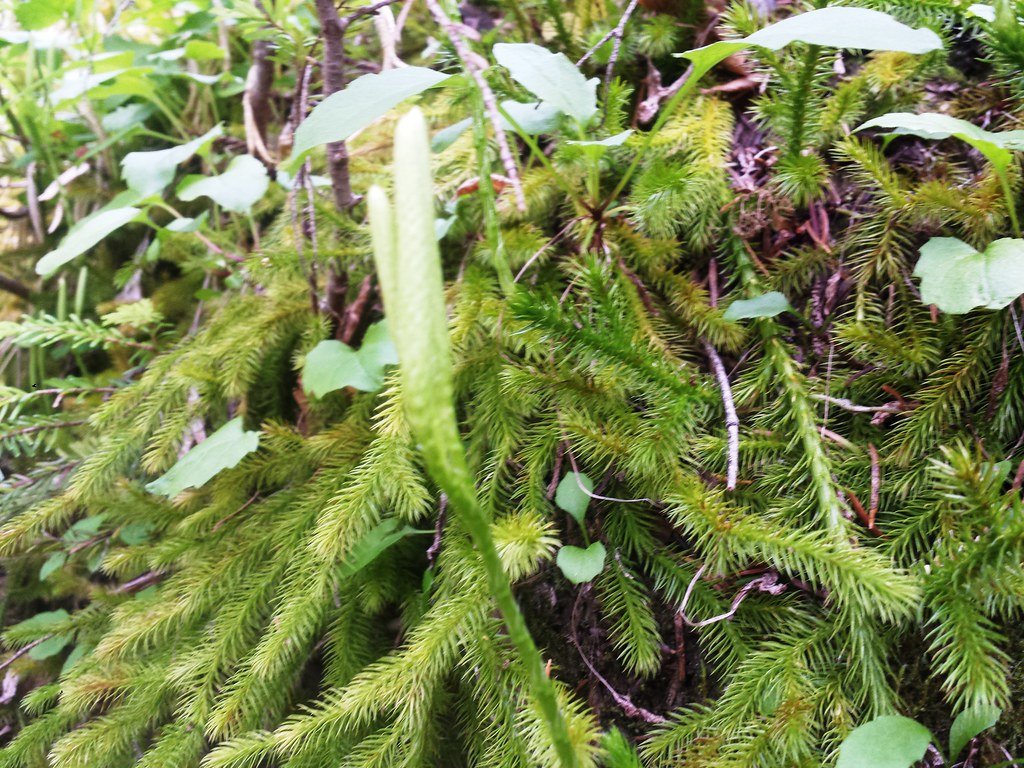
The origin of giant plants dates back hundreds of millions of years, to the Paleozoic Era when the Earth was teeming with life-forms different from today’s. Early vascular plants, like clubmosses, ferns, and horsetails, evolved during this time, gradually developing structures that would allow them to reach impressive heights. These plants capitalized on the rich atmosphere and abundant resources, laying the groundwork for the giant plants that would eventually become prevalent.
The Age of Coal Forests

During the Carboniferous Period, around 359 to 299 million years ago, vast coal-forming forests covered large swathes of the Earth. This era saw the rise of massive lycophytes, calamites, and true ferns. These giant plants, some reaching heights of over 30 meters, contributed to the lush, dense forests that eventually transformed into the coal seams that fuelled the Industrial Revolution.
The Dominance of Conifers

Following the Carboniferous Period, the Permian and Triassic periods saw the diversification and dominance of conifers and other gymnosperms. These hardy plants adapted to drier climates and varied environments, giving rise to significant plant groups like cycads, ginkgos, and, notably, the conifers. This adaptability set the stage for the rise of today’s giant species, such as redwoods and sequoias.
Advent of Angiosperms

With the dawn of the Cretaceous Period, around 145 million years ago, angiosperms or flowering plants began their ascent. These versatile plants quickly became dominant due to their groundbreaking reproductive strategies and symbiotic relationships with pollinators. While not all angiosperms grew into giants, their emergence disrupted and diversified ecosystems, facilitating the ever-evolving landscape of plant giants.
The Rise of Modern Day Giants

Towering over the landscape, modern-day plant giants like the coastal redwoods and giant sequoias are remnants of an era when such giants were far more common. The redwoods, restricted to the mist-laden coastlines of California, owe their size to a combination of evolutionary pressures and environmental conditions, such as ample rainfall and fog.
Adaptations for Longevity
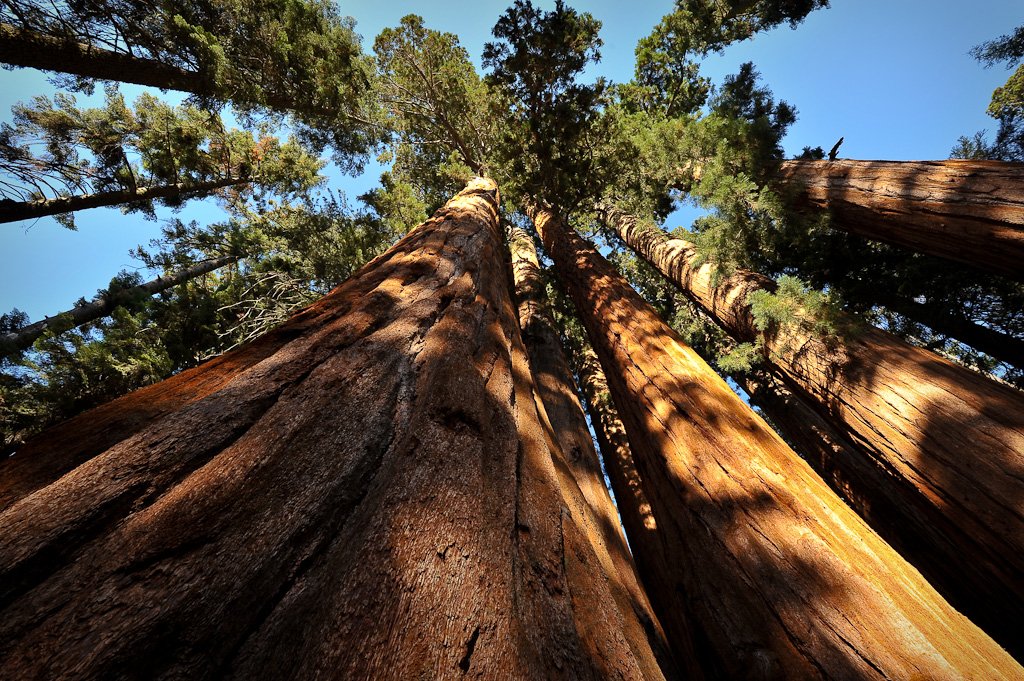
Giant plants have developed numerous adaptations that allow them to live for hundreds, sometimes thousands, of years. These adaptations include thick bark to protect against fires, deep root systems for stability and water access, and flexible trunks and branches to withstand high winds. These features not only contribute to their longevity but also help them maintain their massive sizes.
Importance in Ecosystems
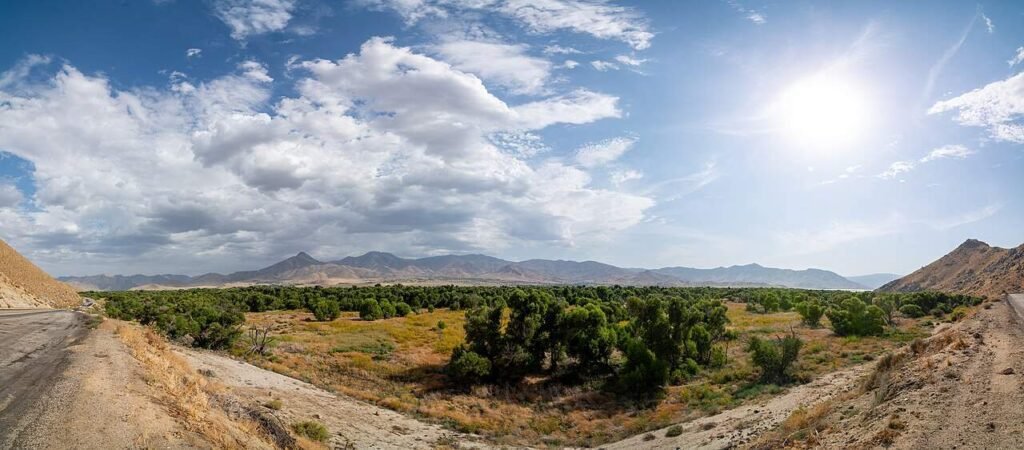
These botanical giants play critical roles in their ecosystems, offering habitat and food for countless species. Their extensive root systems stabilize soil and regulate water cycles, while their towering canopies influence local climates. Trees like the redwoods also provide carbon sequestration, helping to mitigate climate change.
Threats to Giant Plant Species

Despite their resilience, modern giant plants face numerous threats, including climate change, deforestation, and disease. Changes in temperature and precipitation patterns affect these plants’ growth, reproduction, and survival rates. Human activities also pose significant threats, with logging and land conversion contributing to habitat loss and fragmentation.
Conservation Efforts

Conserving these majestic plants requires dedicated effort and collaboration. Conservationists and scientists are working to protect existing forests, restore degraded areas, and implement policies that ensure their survival. Initiatives such as protected reserves and sustainable forestry practices are helping to secure these giants’ future.
The Role of Technology in Conservation
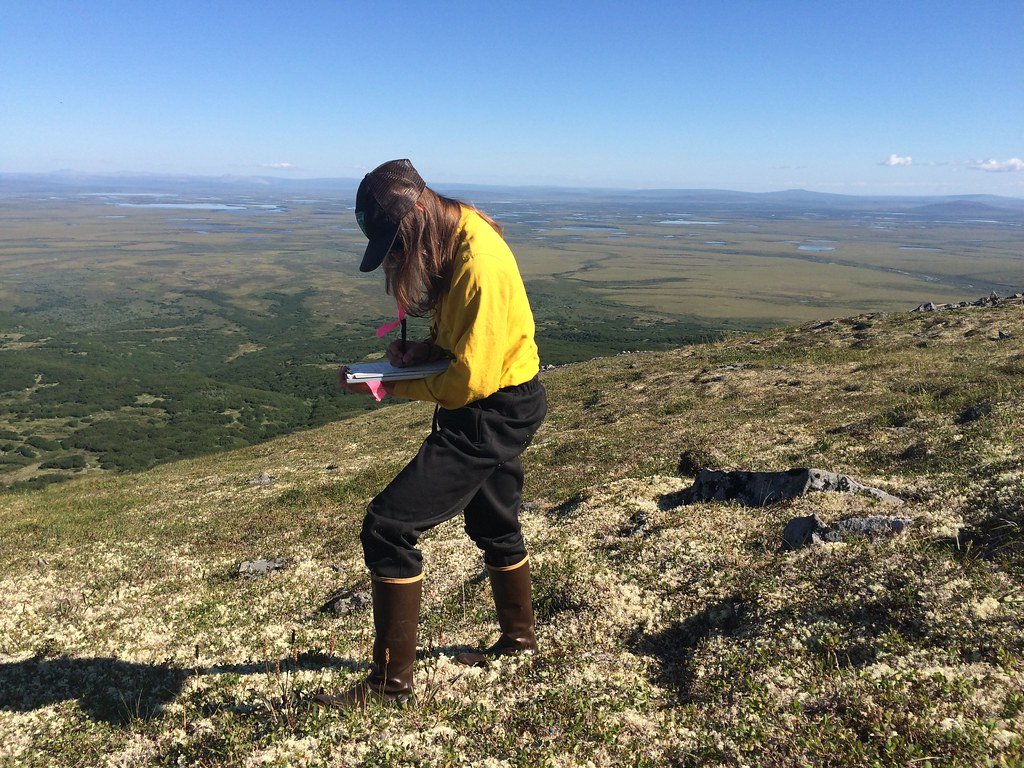
Advanced technologies, including remote sensing and genetic analyses, have become invaluable tools in the conservation of giant plants. These technologies allow researchers to monitor health, assess genetic diversity, and detect changes in forests over time, providing critical data for effective preservation strategies.
What We Can Learn from the Fossil Record
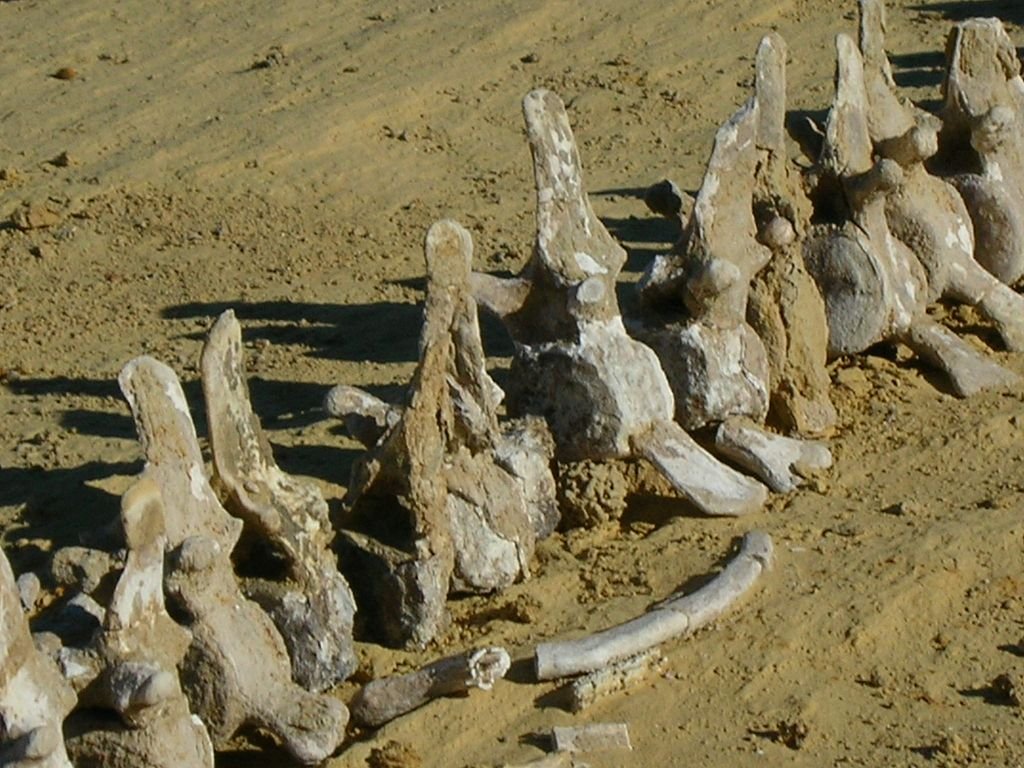
Fossils of ancient giants offer insights into past ecosystems and climates, illuminating the conditions that once supported such grandeur. By studying these records, scientists gain a deeper understanding of how plant life has adapted to changes throughout Earth’s history, offering lessons in resilience and adaptation.
The Cultural Significance of Giant Plants

Throughout history, giant plants have held cultural and spiritual significance for various civilizations. Many indigenous cultures revere these giants for their longevity and strength, seeing them as symbols of endurance, wisdom, and connection to the earth.
Educational and Recreational Value

The awe-inspiring presence of plant giants serves not just ecological or cultural roles but also educational and recreational ones. National parks and protected areas draw millions of visitors each year, offering opportunities for education about biodiversity, ecology, and conservation.
The Future of Giant Plants
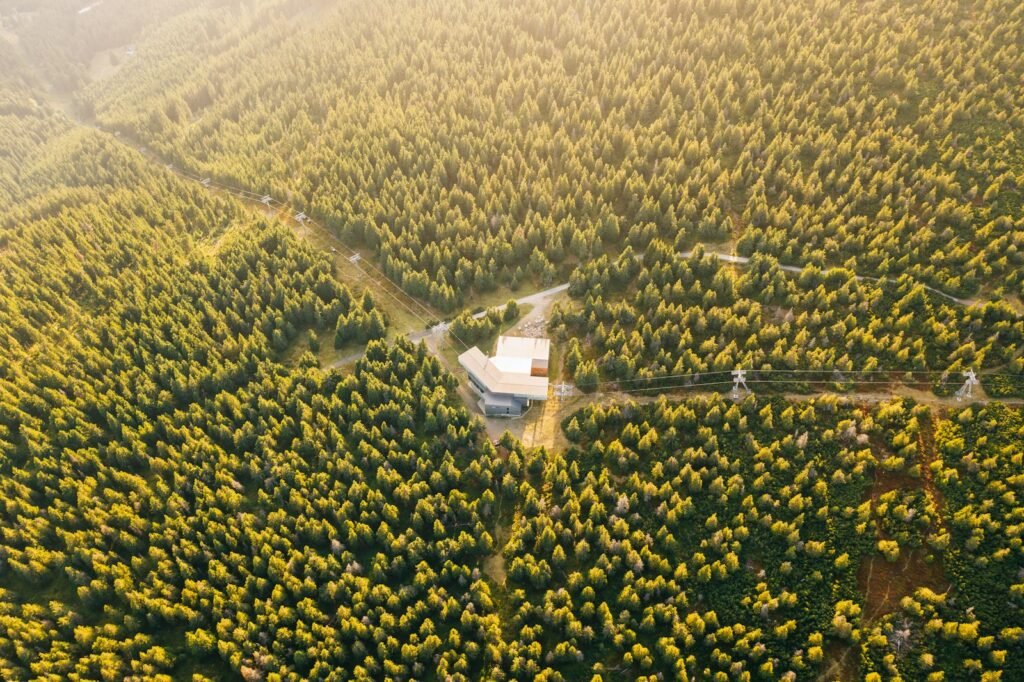
As we look to the future, the preservation of giant plants will require concerted global efforts. Addressing the challenges posed by climate change and human activities will be essential to ensure that these living relics of history continue to inspire and thrive for generations to come.
Conclusion
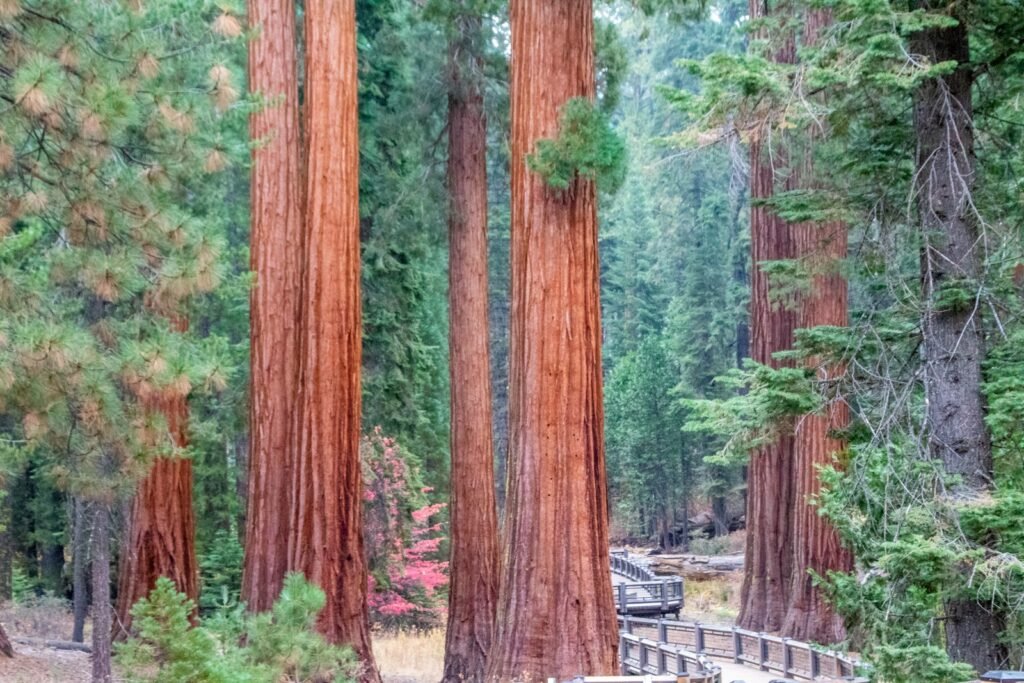
The evolution of giant plants from their fossilized ancestors to the modern sequoias and redwoods is a testament to the incredible adaptability and tenacity of life on Earth. As we strive to protect these magnificent giants, we are reminded of their crucial ecological roles, their historical and cultural importance, and the need to safeguard their legacy. In nurturing these behemoths, we preserve not just a piece of natural history but also the intricate web of life they support.




